“I am here to show what the serum will do,” said the visiting doctor from Berlin. “That is my only answer to those who have natural doubts before they have made observations.”
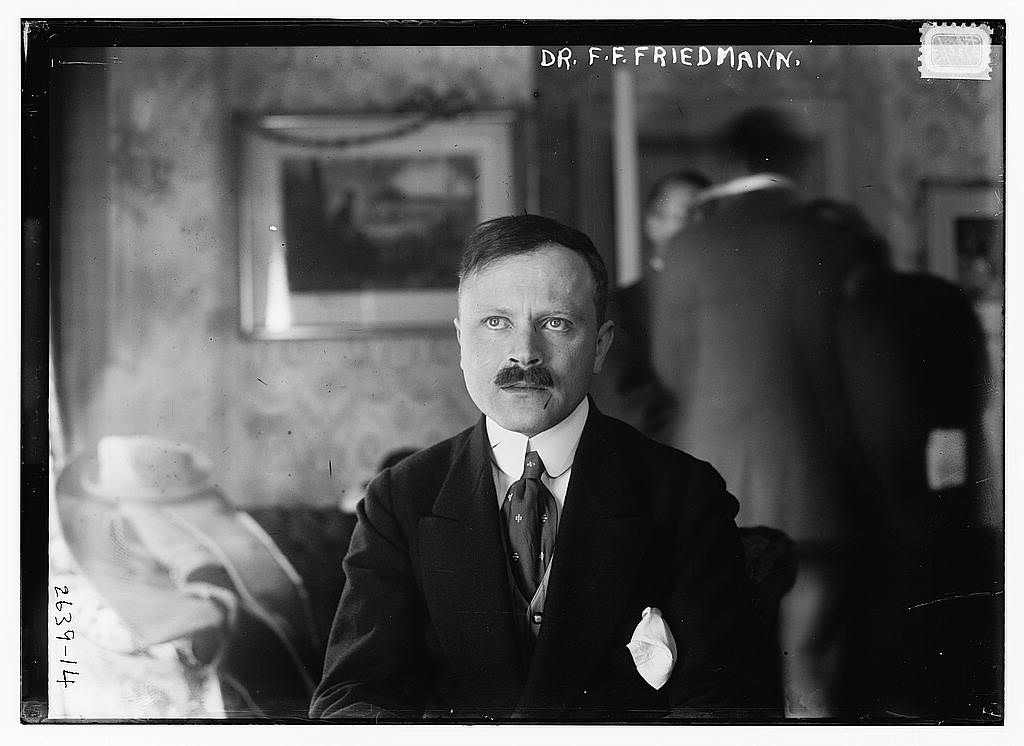
Dr. Friedrich Franz Friedmann had come to New York in February 1913 to tackle one of the city’s most persistent scourges upon its population.
Tuberculosis (or “consumption”) had killed thousands during the 19th century and showed few signs of abating in the new century.
It was considered a “disease of the working class,” ransacking neighborhoods of crowded tenements. Hospitals on Blackwell’s Island and others around the city were devoted solely to those afflicted by it. Parents sent their children to open-air schools, inspiring all sorts of strange costume, anything to avoid the dread disease.
So one could imagine the excitement which greeted the visiting doctor, invited here from Berlin where he had announced his marvelous and unusual cure.
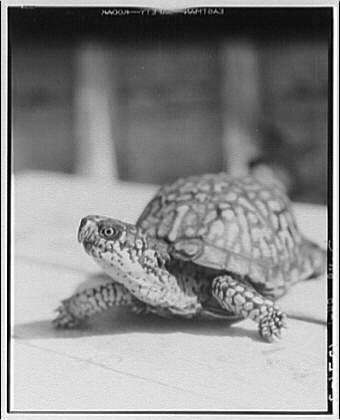
According to Friedman, a serum had been created taking a sample of tubercule bacilli and “passing it through a turtle” in a laboratory, creating a non-virulent strain that could function as a vaccine. Dr. Friedmann had come upon this discovery in 1902 while experimenting with turtles at the Berlin Zoo.
New Yorkers affected by the disease were anxious to see Dr. Friedmann’s miracle serum. Wealthy banker Charles Finlay, president of Aetna National Bank, immediately sent for the doctor and conspicuously put him up at the Waldorf-Astoria at 34th Street and Fifth Avenue, the finest hotel in New York.
The invitation also had a challenge attached — if Dr. Friedmann could cure 95 out of a 100 patients (including Finlay’s own son) using the turtle cure, he would be awarded one million dollars. (About $26 million in today’s currency.)
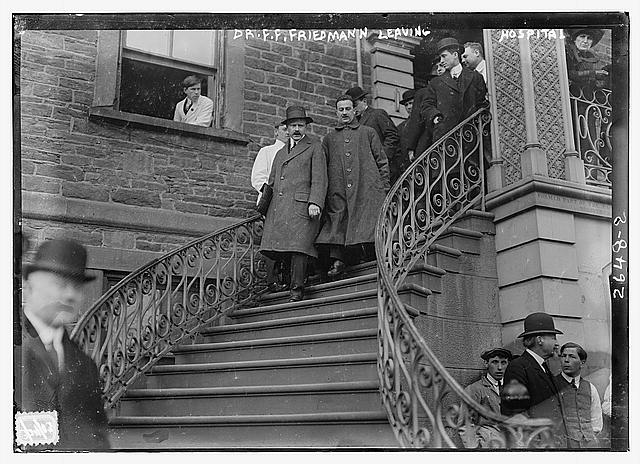
Friedrich arrived on February 25 and readied his remedy from his room at the Waldorf. Meanwhile, hundreds of interested parties gathered in the lobby, including members of the press and desperate family members whose loved ones sat in tuberculosis hospitals.
Friedrich eventually rejected the million-dollar challenge — 95 out of 100 is probably ambitious, even for an early vaccine people were confident with — but came armed to the Waldorf with his little red box containing the vaccine and apparently a host of future plans, including the opening of a dispensary somewhere in the city.
As soon as the vaccine was thoroughly tested and approved, that is.
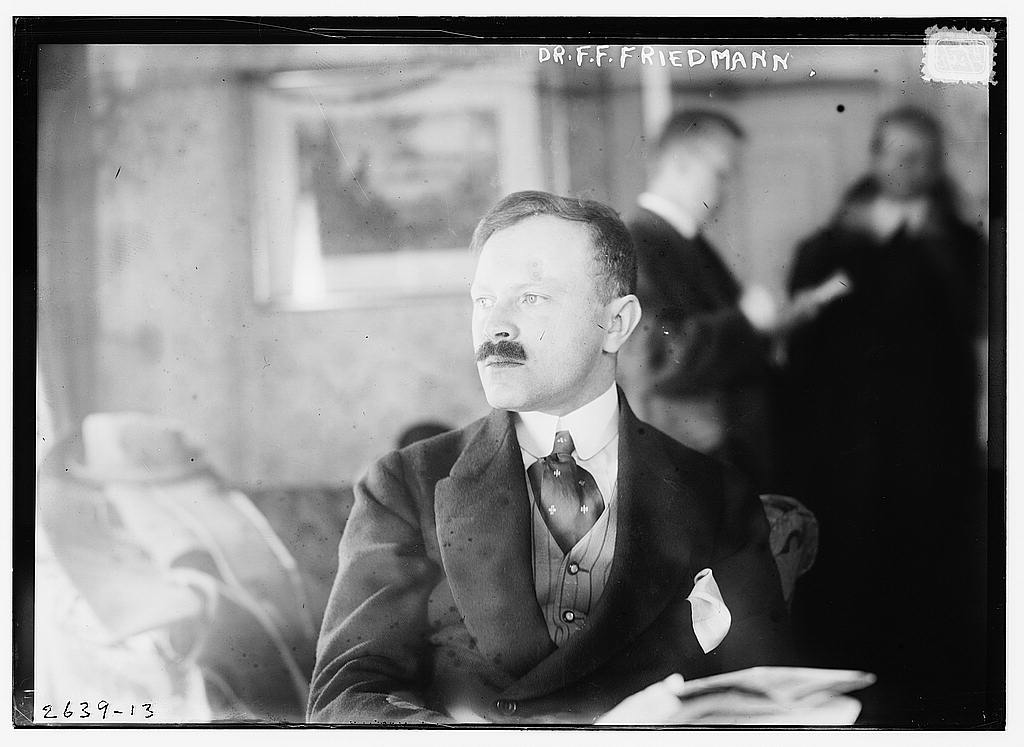
The doctor stayed in New York for several weeks but he was eventually ejected from the Waldorf. Manager Oscar Tschirsky rightly feared the hotel would soon be filled with tuberculosis patients begging to be test subjects for the vaccine.
Soon after a near-riot erupted in the lobby, a sick man collapsed and was taken away in an ambulance. The Waldorf evicted Dr. Friedmann on March 5th. He then escaped to the equally tony Ansonia Hotel in the Upper West Side.
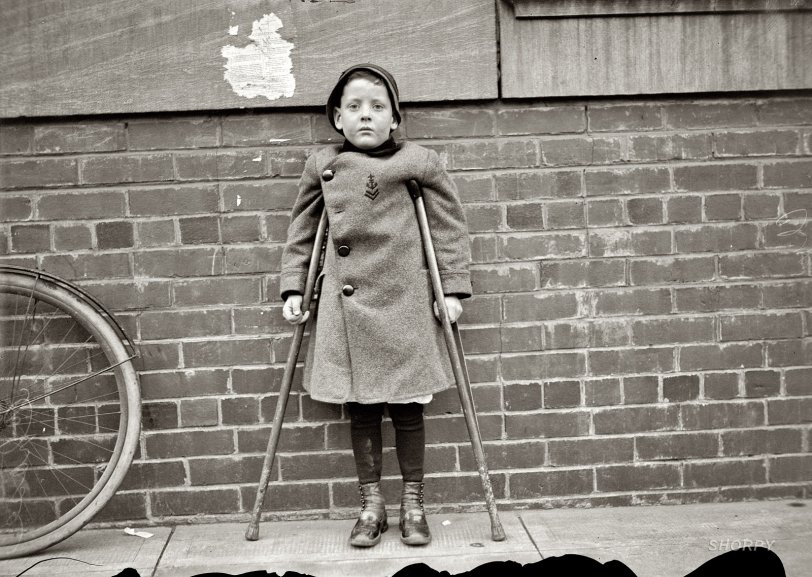
Friedmann’s secretive activities soon caused great doubt in the city. He administered the vaccine to a few patients from an office at W. 51st Street but no results were reported. People quickly grew skeptical of this miracle cure.
The ‘turtle man’, as Friedmann was soon called in the press, soon became distracted by a potential thief in his midst — Dr. Maurice Sturm, the house physician at the Ansonia. In May, Sterm claimed an improved version of the turtle vaccine, one he was eager to share with reporters (if not actually with patients).
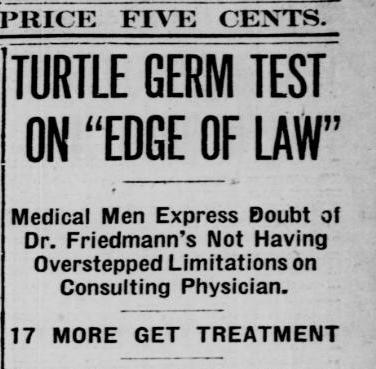
Accused of outright stealing the vaccine, Dr. Sturm declared, “I do not care whether my name is smudged, if I can give the public the benefit of this discovery….I want the cure in proper hands.”
Sturm then produced three turtles in a pail, one of which was named Friedrich Franz.
At hearing of Sturm’s announcement, Dr. Friedmann reportedly replied, “Ach, Gott!” and threatened to sue the former Ansonia confidante. Amazingly, Sturm eventually counter-sued, citing a lack of payment for services rendered to Dr. Friedmann.
Further pandemonium arrived on the RMS Mauretania on May 17th with another doctor who claimed an even more improved “turtle germ,” using vastly superior turtles from South India.
Hyteria over all these turtle cures died down when it was quickly revealed that they didn’t actually work. “POOR RESULTS FROM THE TURTLE GERM” declared the New York Tribune in late May.
Even still, Friedmann eventually cashed in, selling the American rights to the turtle vaccine for $125,000 and almost $1.8 million in stocks for a planned series of dispensaries in his name (which never materialized).
Friedmann died in Monte Carlo in 1953. The most successful tuberculosis vaccine — the BCG vaccine — would not be tested on humans until after World War I.
